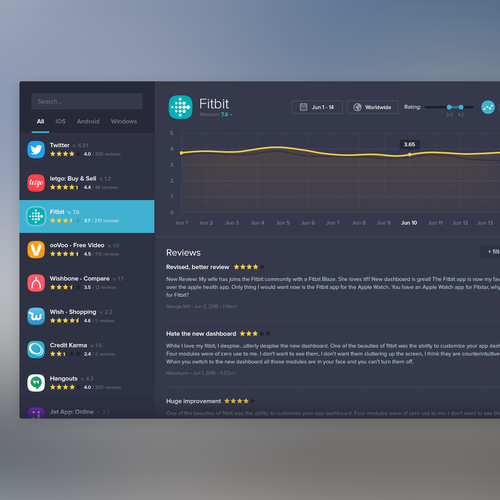Simple Mac App To Create An Image
App is great, which output overall major colors of image. But it would be great if we can select the individual color and copy its RGB or hex values directy using a shortcut. Which will give an excellent use for graphic designers or web developers. Moreover, a way to select particular area in an image.
Azure App Service provides a highly scalable, self-patching web hosting service. This quickstart shows how to deploy a basic HTML+CSS site to Azure App Service. You'll complete this quickstart in Cloud Shell, but you can also run these commands locally with Azure CLI.
Simple Mac App To Create An Image Page
If you don't have an Azure subscription, create a free account before you begin.
Use Azure Cloud Shell
Azure hosts Azure Cloud Shell, an interactive shell environment that you can use through your browser. You can use either Bash or PowerShell with Cloud Shell to work with Azure services. You can use the Cloud Shell preinstalled commands to run the code in this article without having to install anything on your local environment.
To start Azure Cloud Shell:
| Option | Example/Link |
|---|---|
| Select Try It in the upper-right corner of a code block. Selecting Try It doesn't automatically copy the code to Cloud Shell. | |
| Go to https://shell.azure.com, or select the Launch Cloud Shell button to open Cloud Shell in your browser. | |
| Select the Cloud Shell button on the menu bar at the upper right in the Azure portal. |
To run the code in this article in Azure Cloud Shell:
For those of you who are looking for an easy way to create cool photo slideshows, here is a list of the best Slideshow maker apps, running on Windows or Mac. No matter you want the best professional slideshow software, or just some free slideshow maker online, we have you covered! Best Overall- Movavi Slideshow Maker. Movavi Slideshow Maker is. Slideshow app mac.
Start Cloud Shell.
Select the Copy button on a code block to copy the code.
Paste the code into the Cloud Shell session by selecting Ctrl+Shift+V on Windows and Linux or by selecting Cmd+Shift+V on macOS.
Select Enter to run the code.
Download the sample
In the Cloud Shell, create a quickstart directory and then change to it.
Next, run the following command to clone the sample app repository to your quickstart directory.
Create a web app
Change to the directory that contains the sample code and run the az webapp up command. In the following example, replace <app_name> with a unique app name. Static content is indicated by the --html flag.
The az webapp up command does the following actions:
Create a default resource group.
Create a default app service plan.
Create an app with the specified name.
Zip deploy files from the current working directory to the web app.

This command may take a few minutes to run. While running, it displays information similar to the following example:
Make a note of the resourceGroup value. You need it for the clean up resources section.
Browse to the app
In a browser, go to the app URL: http://<app_name>.azurewebsites.net.
The page is running as an Azure App Service web app.
Congratulations! You've deployed your first HTML app to App Service.
Update and redeploy the app
In the Cloud Shell, type nano index.html to open the nano text editor. In the <h1> heading tag, change 'Azure App Service - Sample Static HTML Site' to 'Azure App Service', as shown below.
Save your changes and exit nano. Use the command ^O to save and ^X to exit.
You'll now redeploy the app with the same az webapp up command.
Once deployment has completed, switch back to the browser window that opened in the Browse to the app step, and refresh the page.
Manage your new Azure app
To manage the web app you created, in the Azure portal, search for and select App Services.
On the App Services page, select the name of your Azure app.
You see your web app's Overview page. Here, you can perform basic management tasks like browse, stop, start, restart, and delete.
Simple Mac App To Create An Image Free
The left menu provides different pages for configuring your app.
Clean up resources
In the preceding steps, you created Azure resources in a resource group. If you don't expect to need these resources in the future, delete the resource group by running the following command in the Cloud Shell. Remember that the resource group name was automatically generated for you in the create a web app step.
This command may take a minute to run.